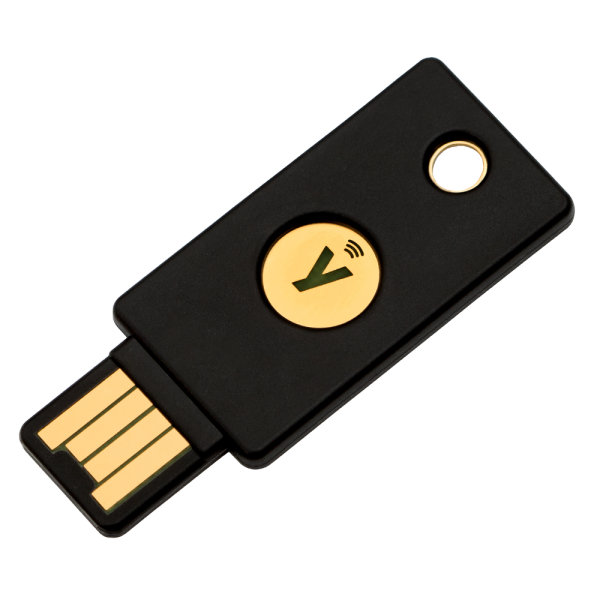Yubico

Enabling Yubikey for SSH 2FA
Enabling Yubikey for SSH 2FA In the past I wrote about setting up a bastion hosts and why they are important. I thought I’d take the time to explain how to utilize a Yubikey as a mechanism to perform 2FA when you SSH into bastion hosts. There are a few key components here: Buying a Yubikey Enabling PAM authentication in SSH Installing the Yubikey PAM module Getting a Yubico API Key Setting up authorized Yubikeys. Configuring PAM to use Yubikey for 2FA Testing it out Buying a Yubikey Yubico sells a number of different Yubikeys for specific purposes. A the time of writing, the Yubikey 5 is the flagship device and is perfect for general 2FA. Yubico usually ship within 2 days and their customer service has been great to me in the past. Enable PAM authentication in SSH You will need to configure /etc/ssh/sshd_config to have the following parameters PubkeyAuthentication yes PasswordAuthentication no UsePAM yes ChallengeResponseAuthentication yes AuthenticationMethods publickey,keyboard-interactive:pam Installing the Yubikey PAM module If you’re on EPEL/ RHEL/ CentOS, you can install it via yum sudo yum install pam_yubico Otherwise if you’re on a Debian distribution: sudo add-apt-repository ppa:yubico/stable sudo apt-get update sudo apt-get install libpam-yubico Getting a Yubico API Key In order to use the PAM module, assuming you’re not running your own Yubico validation servers, you’ll need to register for an API key at: https://upgrade.yubico.com/getapikey/. Simply provide an email address and press your Yubikey and you’ll get an id and a key (which ends with an =). Setting up authorized Yubikeys. The Pubico PAM module allows you to configure Yubikey the authorized Yubikeys in one of two ways: A file in the users home directory ~/.yubico/authorized_yubikeys. This file is formatted in the following manner: <username>:<Token-ID-1>:<Token-ID-2>:<Token-ID-n> So it looks something like this: michael:ccccccrjzigk:ccccccirfkl A file in a central location (e.g. /etc/yubikeys). This file follows the same format, however one user-name per line: michael:ccccccrjzigk:ccccccirfkl bob:ccccccirkdkx The way to get the token ID is to press your Yubikey in a text editor and copy the first 12 characters of the string that is produced. I usually do this in Python just to be sure: michael@laptop~ % python >>> a = "eibeeliibcjkcljuiieijhcckeerejbikvhhcbchkgin" >>> b = a[0:12] >>> b 'eibeeliibcjk' >>> len(b) 12 There is no security advantage between methods, but depending on if and how you’re using configuration management, there may be a preferred method here. You can find more information at the Yubico site. Configuring PAM to use Yubikey for 2FA In /etc/pam.d/sshd: on the top line, add the following string, replacing the id and key from the previous step. If you’re using option 1 auth required pam_yubico.so id=<id> key=<key> debug If you’re using option 2 auth required pam_yubico.so id=<id> key=<key> debug authfile=/path/to/mapping/file You will need to restart sshd to pick up these changes. Testing it out Note: If you’re using pihole, make sure that the api*.yubico.com is not being blocked. We recommend that you keep the terminal you’re using to configure your bastion host open and then try and SSH to the bastion in a new tab/ window. When you SSH, you should be prompted for your Yubikey: michael@laptop ~ % ssh bastion YubiKey for `michael`: Last Login: Thu June 10 20:22:53 2020 from 192.168.x.x [michael@bastion ~]$ Credit to Yubico for the cover image